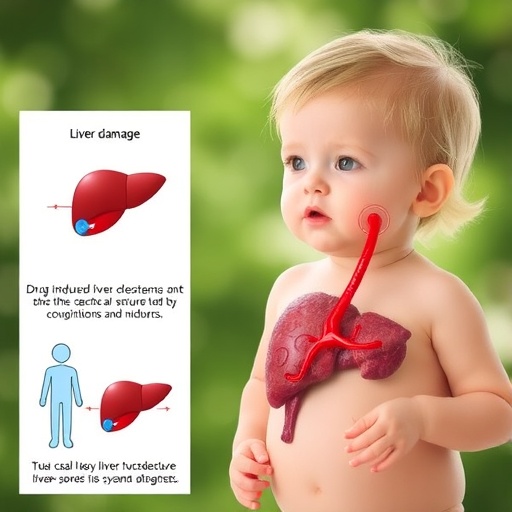Current approaches to identifying people who are at high risk for overdosing on opioids target many who are not truly at high risk. A new study sought to develop and validate a way to predict the risk of opioid overdose among Medicare beneficiaries with at least one opioid prescription. The model the researchers developed was more effective in predicting risk of overdose than traditional statistical models.
The study, by researchers at the University of Florida, University of Pittsburgh, Carnegie Mellon University, and the University of Utah, appears in JAMA Network Open.
“Our model was effective in dividing the participants into three risk groups according to predicted risk score, with three-quarters in a low-risk group with a negligible rate of overdose, and more than 90 percent of individuals with overdose captured in the high- and medium-risk groups,” explains Jeremy C. Weiss, assistant professor of health informatics at Carnegie Mellon University’s Heinz College, who participated in the study.
“The ability to identify such risk groups has important implications for policymakers and insurers who currently target interventions based on less accurate measures to identify patients at high risk,” according to Wei-Hsuan “Jenny” Lo-Ciganic, assistant professor of pharmaceutical outcomes and policy at the University of Florida, who was lead author on the study.
In 2017-2018, researchers studied 560,057 fee-for-service Medicare beneficiaries without cancer who filled one or more prescriptions for opioids between 2011 and 2015. Those individuals were randomly assigned and equally divided into subgroups. Every three months, the researchers measured potential predictors of opioid overdose, including participants’ socio-demographic characteristics (e.g., age, sex, disability status), health status, patterns of opioid use, and factors related to the participants’ practitioners and the regions where they lived. The researchers then identified opioid overdoses from inpatient and emergency room claims, and predicted risk of overdose in the three months after participants began treatment with the drugs.
The study found that the machine-learning algorithms the researchers developed performed well in predicting risk of opioid overdose and identifying subgroups of patients at similar risk of overdosing, especially when it came to identifying individuals with a low risk of overdosing. Machine learning is an alternative analytic approach to handling complex interactions in large data, discovering hidden patterns, and generating predictions in clinical settings. Based on their findings, the researchers concluded that their approach outperformed other methods for identifying risk, such as traditional statistical models.
The authors caution that their study looked only at patients who obtained opioids from medical settings, not those who got them from nonmedical settings, which are not captured in claims data. In addition, the study looked at overdoses in medical settings, not overdoses outside those settings.
“Machine-learning models that use administrative data appear to be a valuable and feasible tool for identifying more accurately and efficiently individuals at high risk of opioid overdose,” says Walid Gellad, associate professor of medicine at the University of Pittsburgh and senior author on the study. “Although they are not perfect, these models allow interventions to be targeted to the small number of individuals who are at much greater risk.”
###
The study was funded by the National Institute on Drug Abuse and supported in part by the Pharmaceutical and Manufacturers of America Foundation.
Summarized from an article in JAMA Network Open, Evaluation of Machine-Learning Algorithms for Predicting Opioid Overdose Risk Among Medicare Beneficiaries With Opioid Prescriptions by Lo-Ciganic, W-H (University of Florida), Huang, JL, Zhang, HH (University of Arizona), Weiss, JC (Carnegie Mellon University), Wu, Y (University of Florida College of Medicine), Kwoh, CK (University of Arizona), Donohue, JM (University of Pittsburgh), Cochran, G (University of Utah), Gordon, AJ (University of Utah and Veterans Affairs Salt Lake City Health Care System), Malone, DC (University of Arizona), Kuza, CC (University of Pittsburgh), and Gellad, WF (University of Pittsburgh and Veterans Affairs Pittsburgh Healthcare System). Copyright 2019. All rights reserved.
About Carnegie Mellon University’s Heinz College
The Heinz College of Information Systems and Public Policy is home to two internationally recognized graduate-level institutions at Carnegie Mellon University: the School of Information Systems and Management and the School of Public Policy and Management. This unique colocation combined with its expertise in analytics set Heinz College apart in the areas of cybersecurity, health care, the future of work, smart cities, and arts & entertainment. In 2016, INFORMS named Heinz College the number one academic program for Analytics Education. For more information, please visit http://www.
Media Contact
Caitlin Kizielewicz
[email protected]




